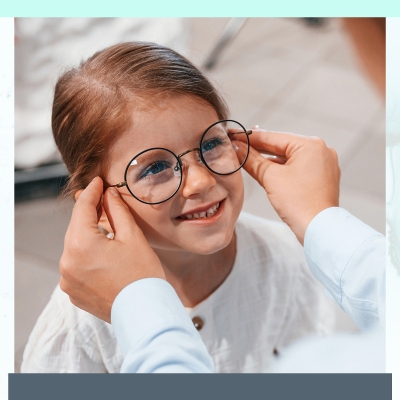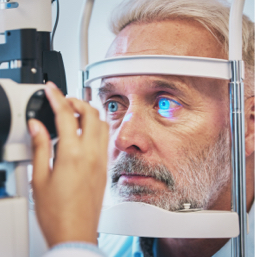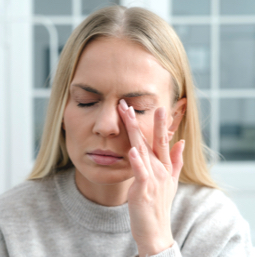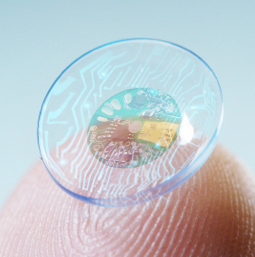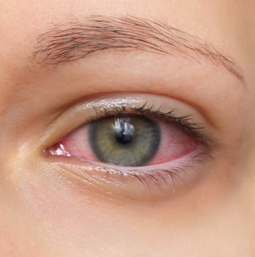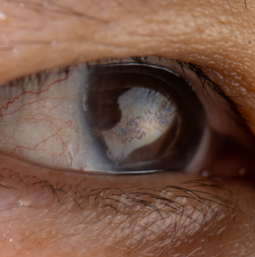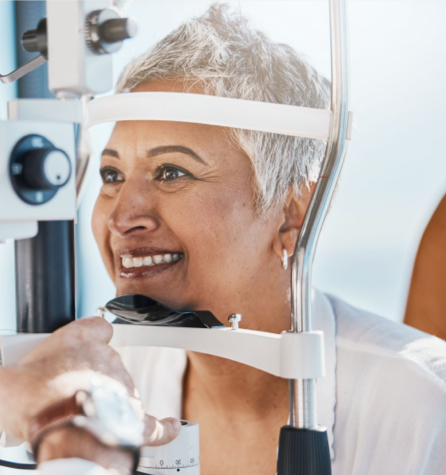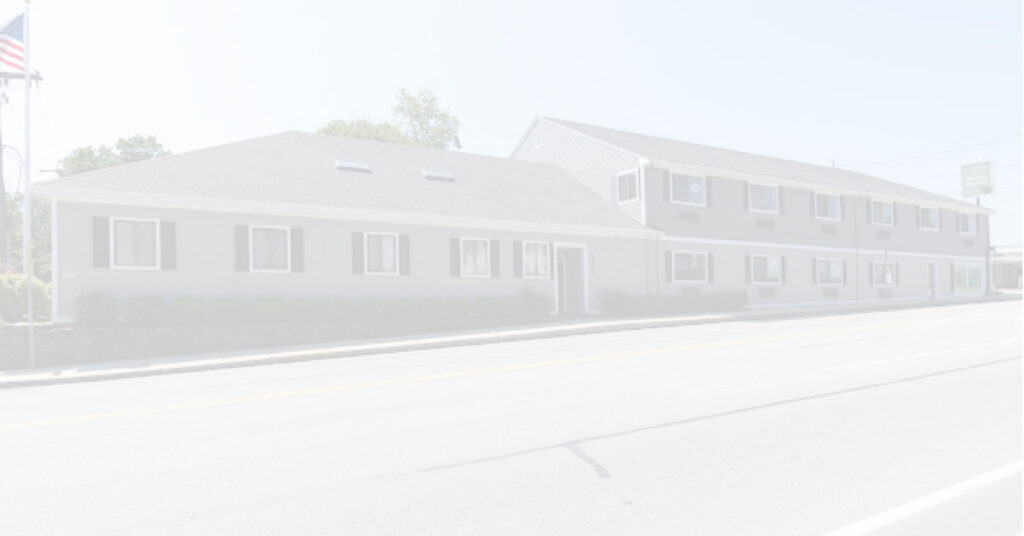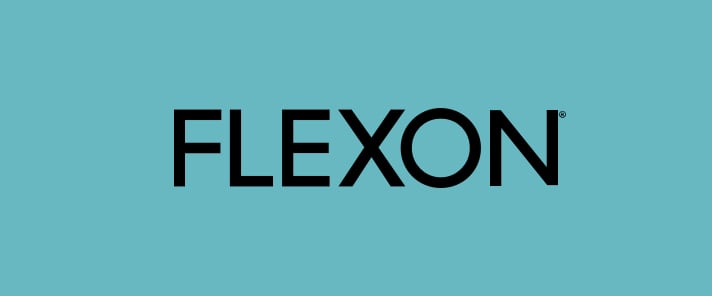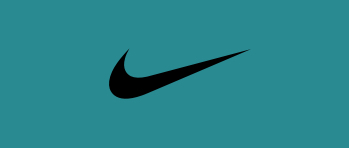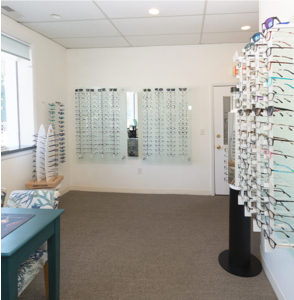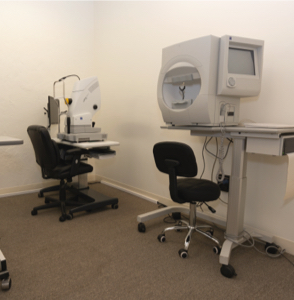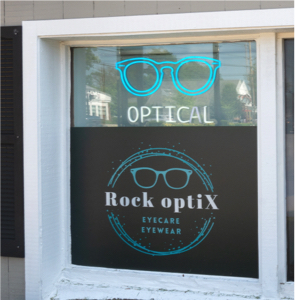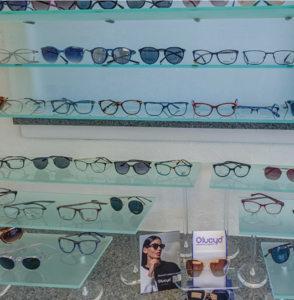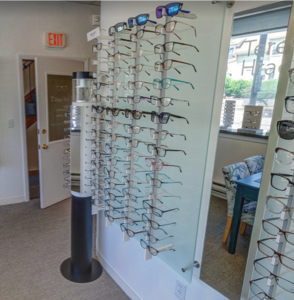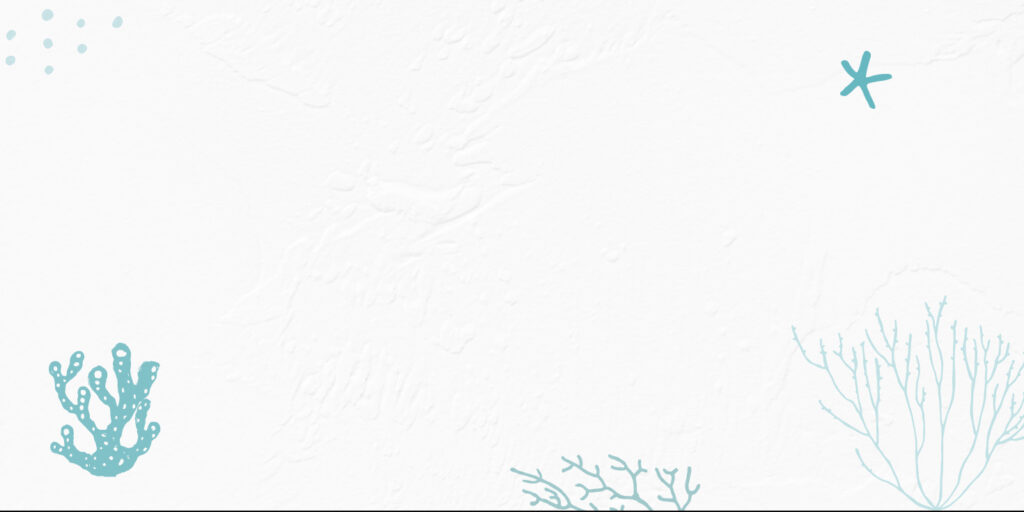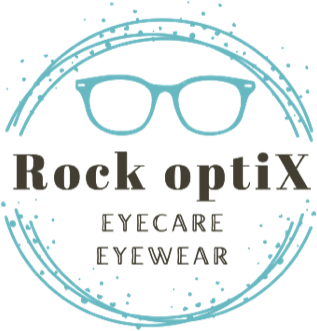Yes! With today’s technologies, nearsightedness can be controlled and improved through early interventions in childhood. Studies around the world show that more children have myopia than ever before, largely due to increased time indoors and in front of screens.
In the U.S. alone, 1 and 3 kids are myopic. Childhood myopia is not only a matter of lower vision quality, but also increases the risk for serious eye diseases later in life. Myopia management and control is an important tool for protecting life-long vision quality and eye health.
What is Myopia Control?
There are a range of treatment options for slowing or stopping your child or teen’s deteriorating vision. Some children’s vision quality can be significantly improved. At Rock optiX, Dr. Hrach considers a range of treatment options to determine the best way to preserve and improve your vision quality.
There are three main treatments available for Myopia, including contact lens Orthokeratology (Ortho-K) and prescription eye drops.
- Daytime soft contact lenses: These custom contact lenses are placed on the eye in the morning and removed each night. They allow children to be glasses-free throughout the day, while reducing the progression of myopia by shaping the cornea.
- Prescription eye drops: Prescription eye drops reduce myopia progression by regulating eye growth. They are easily applied at night before bed. Glasses or contact lenses are worn throughout the day, making this an excellent treatment option if you do not think that your child is ready for contact lenses and is becoming rapidly nearsighted.
- Overnight contact lenses: Designed to be put in right before bed and taken out in the morning, these custom contact lenses gently and comfortably reshape the front surface of the eye through the night, with an effect that lasts all day. Customized to fit the shape of each child’s eye, these lenses are specifically designed so that your child will be able to see without the need for glasses or regular contacts during the day.
What is involved in myopia control treatment?
While myopia control treatments involve easy, daily interventions (contact lens and eye drops), it is important that the entire process is managed by your eye doctor. Fitting Ortho-K lenses can take multiple visits and usually occur over a period of months. Several sets of temporary lenses will be tried to determine the right fit that will ensure the efficacy of the treatment.
Your child will need to continue to return to Dr. Hrach after fitting for Ortho-K lenses to ensure that they are positively impacting the cornea and vision quality. They may need a series of temporary ortho-k lenses until the desired prescription is reached. Typically, up to three pairs of orthokeratology lenses are used to achieve the best vision correction.
For both contact lens and eye drop treatments, it is essential that patients follow the treatment protocols and continue their care with Dr. Hrach. If the treatments are discontinued, vision quality will revert.
The flattening effect of Ortho-K lenses can be reversed after only three weeks without wearing shaping contact lenses.

How long does Ortho-K or Eye Drop treatment take?
The initial treatment phase of Ortho-K takes 12 months. Then, it is important to return every six months so that Dr. Hrach can evaluate the health of your child’s cornea. Ideally, treatment should continue until there is no risk of your child’s eye growing too long, which the doctor can determine through follow-up care.
If you choose to proceed with prescription eye drops to control myopia, the growth of your child’s eye should be evaluated during their routine eye exam. Ideally, drops should be started before the age of 12 and continue for two to three years.
Is myopia control painful?
The treatment options for myopia control are painless and non-invasive, making them a good alternative to laser eye surgery later in life. While Ortho-K lenses may take some adjustment, comfort usually improves dramatically within the first week.
How do I know if my child is a good candidate for myopia control?
During your child’s eye exam, Dr. Hrach will evaluate their cornea, general health and prescription to determine if myopia control contact lenses or eye drops are a good fit for them. Guidelines suggest that treatment begin at around age 8 and continue as long as there is risk for myopia.
If you are interested in reducing myopia progression and improving your child’s vision quality, Dr. Hrach will discuss the features of your child’s eyes and lifestyle factors when helping you decide what treatment option is most suitable for your child.
Is myopia control covered by insurance?
Generally, myopia management treatment and products are not covered by medical or vision insurance. If your child is a candidate for myopia control, Dr. Hrach will first decide which program is better for you child and then discuss the costs related to the treatment protocol.

Be sure to discuss any concerns about your child’s vision during their next comprehensive eye exam. During the exam, Dr. Hrach can assess whether or not myopia control is a good option for your child’s vision quality and eye health.

